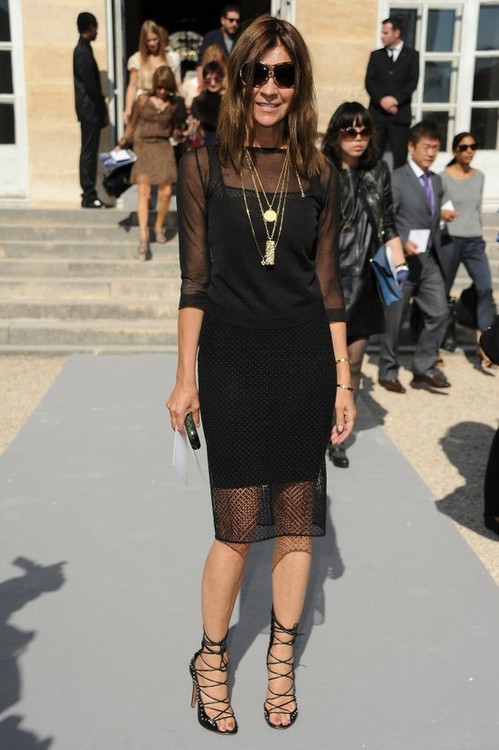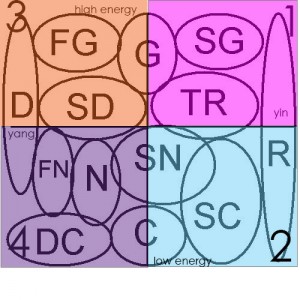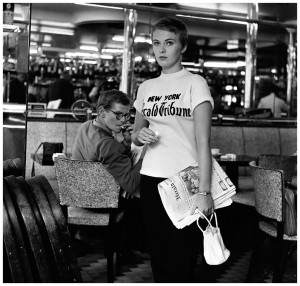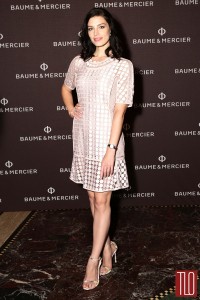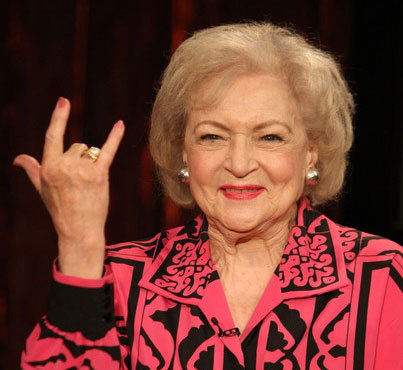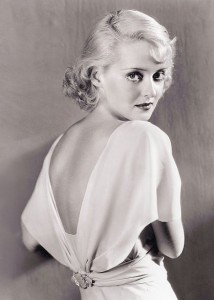***5/1/2015: I now see Kibbe in a totally different way than I write about here. Please see this post for my current views.***
Sometimes I feel like it may seem like I have no idea what I’m talking about, because pretty much every time I come to write a blog entry, I feel like I have decided on a new Kibbe type for myself, or a different season. But I think that most of us who set off to determine our Kibbe type find that it’s a pretty convoluted and confusing process, and many live in what turns out to be the wrong type for years–and the only way to actually confirm is to spend around $2000, plus hotel, airfare, etc., to see David Kibbe in person.
So. With that in mind, I’ve come to yet another major conclusion about the whole process. I recently joined a Kibbe group on Facebook, and there is a wealth of information there, including how Kibbe feels about the book, and how he wanted people to use it (look at the types presented, try stuff on it and see if it works, no quizzes necessary). It turns out that my approach to Kibbe–look at lines only, and then use your personality/essence to make it your own–is totally wrong. You should start with your essence, and then make adjustments to fit your body as needed.
This all became clear to me a couple of days ago, when it was pointed out to be that Charlize Theron is an official Kibbe Theatrical Romantic. One of the key features of a TR, according to the book, is a wasp waist (which I have, which will become important later). Charlize Theron has a straight figure, one that’d probably be called an inverted V. Looking just at her body, I’d probably be inclined to put her in Flamboyant Natural. But her face is so beautiful and full of S-curves. She looks the most herself when she is glammed up and dripping with jewels. If you compare her Dior ad to her sweatshirt look from Young Adult, which is truer to the person? I think it is jarring to see her look so dishevelled. You can tell she doesn’t have any natural in her at all.
Sorry, nothing found.
Charlize’s glamorous face supersedes the fact that her body lacks these key physical feature of a TR. The TR clothes follow the lines of her face. The more reading I do, the more I realize that it’s about figuring out what is key about you, how you look the most yourself, what people notice first. Like Zyla, Kibbe was inspired to do what he does from the acting world, where he saw some people get cast and some who did not.
So maybe what we should do is typecast ourselves. I wrote about this idea in my first post in this series, and then I said I was wrong. But now I realize that I may have been right. I’m not a Soft Natural, a “Fresh and Sensual Lady.” I am much more aggressive and dynamic and funny. The energy I put into the world is that of a Flamboyant Gamine. My TR-style wasp waist that was tripping me up before? That’s not the first thing people notice about me. My task now is to find the FG clothes that work with my body, instead of hiding it. But I feel like it will be a relief to go to stores and be able to try on the clothes that appeal to me naturally, and not have to feel like I have to fit myself into styles that should work for me, taken as a sum of body parts.
